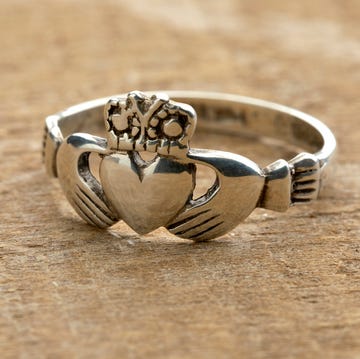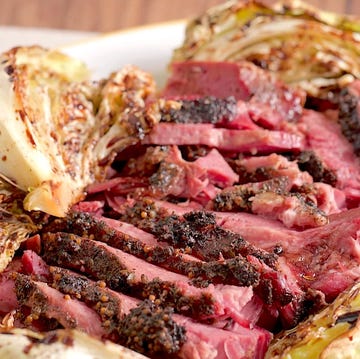Leprechauns and St. Patrick's Day go together like Irish cream and coffee! These lucky lads have been a beloved part of Irish folklore for centuries, often associated with pots of gold, rainbows, and a bit of harmless trickery. But where did these tiny, green-clad figures come from, and how did they become symbols of good fortune?
If you've ever walked into a party supply store for St. Patrick's Day decorations or watched an Irish movie in March, you're probably familiar with the modern representation of leprechauns. Today, they're depicted as mischievous little men with green jackets, top hats, beards, and a penchant for pranks. But leprechauns didn't always look this way! Not only did the mythical creatures get their start in red rather than green suits, but they're actually classified as a type of fairy or goblin. And that's just the start of the leprechaun lore!
So, if you're wondering how these magical beings morphed into the St. Patrick's Day symbol they are today, you're in luck. We've got all the most fun facts about leprechauns right here. So, grab a cup of tea (and, while you're at it, a slice of Irish apple cake) and get ready to dive into the fascinating history of leprechauns!
What is the story behind leprechauns?
Leprechauns trace back to ancient Celtic and Irish mythology, where they were first known as "luchorpán," meaning "small body." These creatures were originally linked to water and were thought to be supernatural beings with magical powers.
Another popular leprechaun origin story starts with the Celtic god of sun and light, Lugh. Legend has it that he transformed from a powerful king to a "stooping Lugh," or leprechaun.
As Irish folklore evolved, leprechauns took on a new role as surly, solitary shoemakers and protectors of hidden treasure. They were said to be master cobblers, crafting shoes for other magical beings in the fairy world. While a simple shoemaker may not seem like the most wealthy of professions, leprechauns have been tied to pots of gold from the beginning, serving as a test of humanity's greed.
Legend has it that if you hear the tapping of a tiny hammer, you might just be near a leprechaun! However, these little tricksters were not to be trusted—if captured, a leprechaun might grant you three wishes, but outsmarting them was nearly impossible.
Why are leprechauns tied to St. Patrick's Day?
Although leprechauns have long been part of Irish folklore, they only became a prominent symbol of St. Patrick’s Day much later. Traditionally, St. Patrick’s Day was a religious holiday in Ireland, but as Irish immigrants introduced their traditions to America, it transformed into a broader celebration of Irish heritage.
The mischievous and playful nature of leprechauns made them a natural addition to the festivities, and today, they're one of the most recognizable icons of the holiday! Leprechauns have become such an enduring symbol of Irish culture that they even have their own holiday—National Leprechaun Day—on May 13.
Why can't you catch a leprechaun?
Where you'll find a leprechaun, you'll find a pot of gold. But don't be fooled by the glittery prize—it's harder to acquire than you'd think, thanks to the leprechaun's agility and cunning! In Irish folklore, leprechauns rely on their wits and trickery to evade capture. They can disappear in a flash, conjure illusions, or mislead treasure seekers on endless wild goose chases. Even if one is caught, these clever tricksters are experts at deception and will often find a way to escape before granting any wishes.

Nitya Rao is the editorial assistant at The Pioneer Woman, covering stories ranging from food, fashion, beauty, lifestyle, news, and more.















